Contents
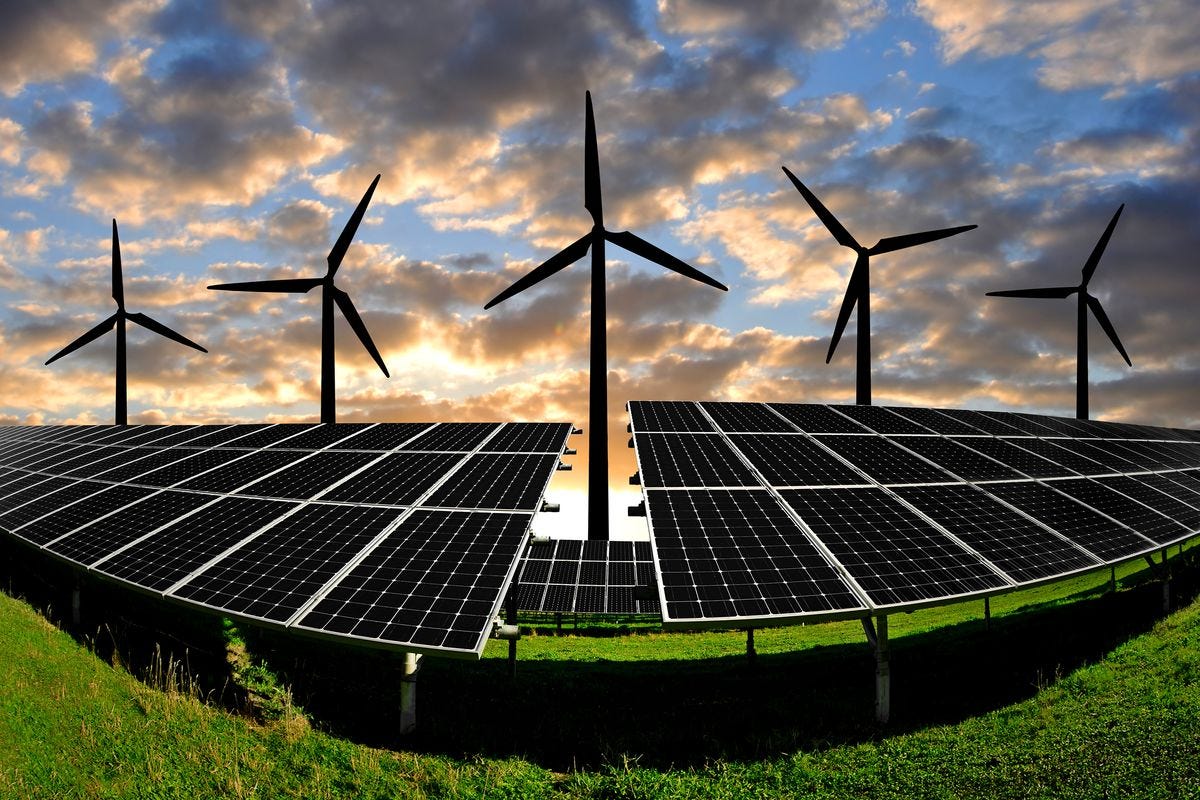 (Reproduced from: https://www.vox.com/energy-and-environment/2016/10/28/13427822/americans-overestimate-renewable-energy)
(Reproduced from: https://www.vox.com/energy-and-environment/2016/10/28/13427822/americans-overestimate-renewable-energy)
Introduction to Solar Cells
The Importance of Renewable Energy
Nowadays, Oil and Coal are the most used energy sources, these forms of energy are not renewable on a human timescale and cause increases in Carbon Dioxide (CO2) emissions in the atmosphere.
Since the start of the industrial revolution, the amount of CO2 in the atmosphere increased by 40% due to the combustion of fossil fuels. The increase of CO2 is now causing the Earth temperature to rise. That’s because more radiations that should have been expelled from the atmosphere at night are now getting trapped by the greenhouse gases. Carbon Dioxide and Water are two examples of greenhouse gases. They absorb radiations and re-transmit it in random directions.
Anthropogenic climate change studies the climate changes caused by humans instead of natural Earth’s activities.
According to the Levelized Cost of Electricity (LCOE), wind and solar energy are amongst the cheapest forms of electricity. The LCOE takes into account all the costs incurred in constructing, running and decommissioning a form of energy production. LCOE does not include although additional costs due to variability in energy produced.
Physics of Semiconductor Materials
Semiconductor materials have characteristics between metals and insulators. This makes them very interesting materials to work with in order to produce electronic devices. In fact, by altering their properties, it can then be possible to either make the device conductive or not according to the desired operation mode.
Every material is formed by atoms, the configurations of these atoms and the way they interact with each other to form a material determine its properties. A band can be considered as a collection of energy levels. If an electron is part of an isolated atom, it would be dependent only on its interactions with that atom. When atoms get closer together to form materials, the electrons of each of these atoms will not be subjects anymore to just the atom they belong to but they will be subject to forces from also the other atoms. That makes each electron be associated with not just an energy level but to a band of energy levels.
There are two main types of bands (Figure 1):
- Valence band: it determines the optical and electrical properties of the material. It is formed by the energy levels of the outer shell electrons.
- Conduction band: It is formed by the energy levels of the free electrons. Free electrons are created when electrons in the valance band gain enough energy to leave this band. The energy needed by the electrons to move from the valence band to the conduction band has to be equal or greater to the size of the semiconductor band gap. Free electrons are able to move freely throughout the material.
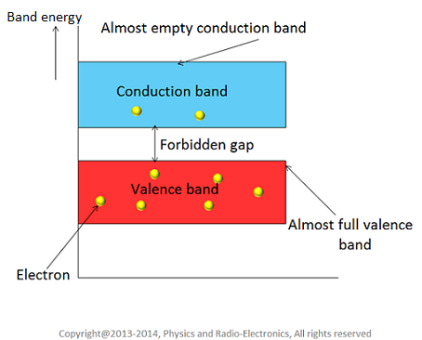
Figure 1: Semiconductors energy bands. Reproduced from: [1]
Why solar cells?
“I have no doubt that we will be successful in harnessing the sun’s energy. … If sunbeams were weapons of war, we would have had solar energy centuries ago.”
― George Porter
Solar cells are electronic devices which use light shining on them to generate current and voltage to create electric power. In the dark, a solar cell acts like a diode (Red line in Figure 2, Equation 1 in Figure 3). Illuminating the solar cell, thanks to the generation of electron-hole pairs, photons of light can then be absorbed generating current flow (Blue line in Figure 2, Equation 2 in Figure 3).
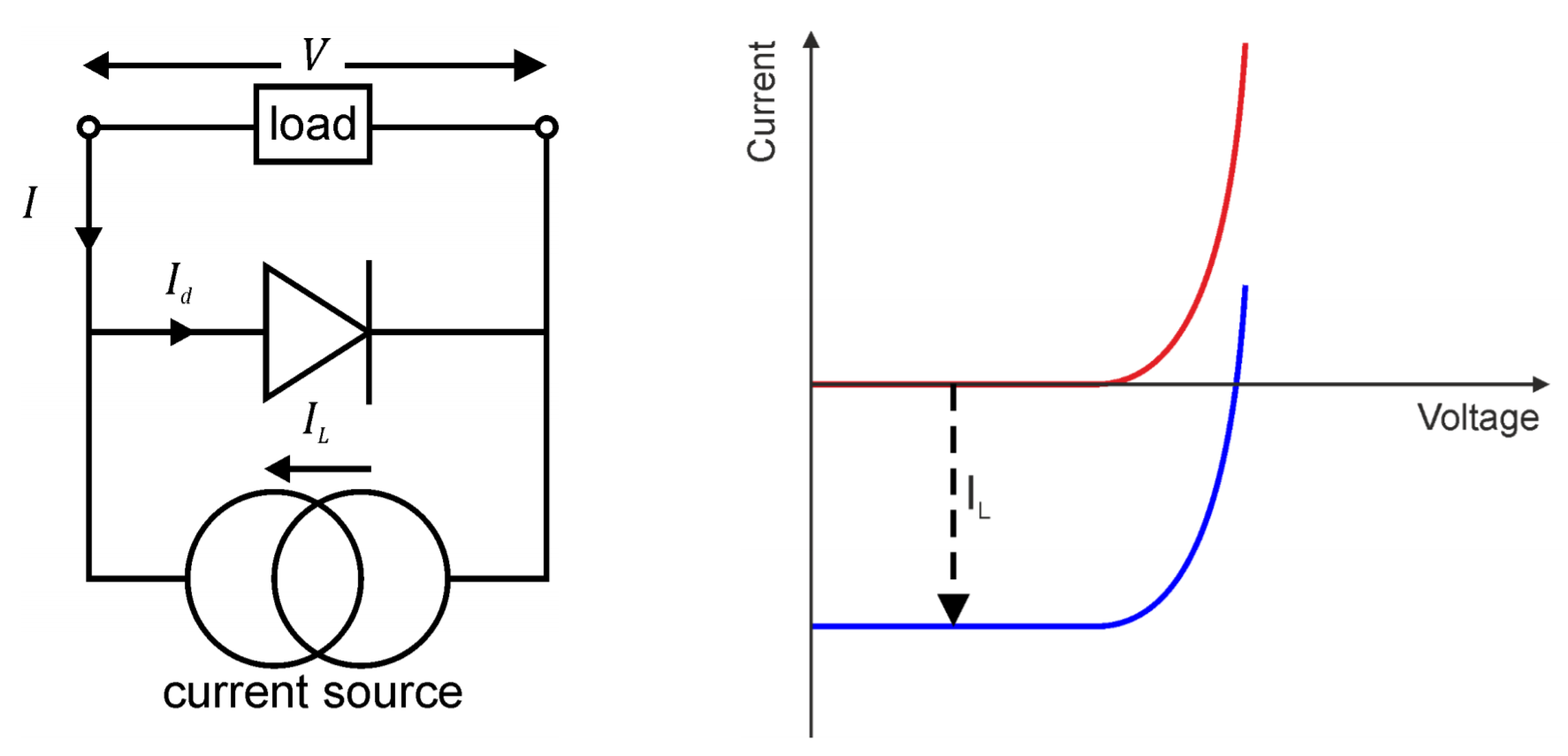 Figure 2: Dark and Illuminated solar cell IV characteristics. Reproduced From [2]
Figure 2: Dark and Illuminated solar cell IV characteristics. Reproduced From [2]
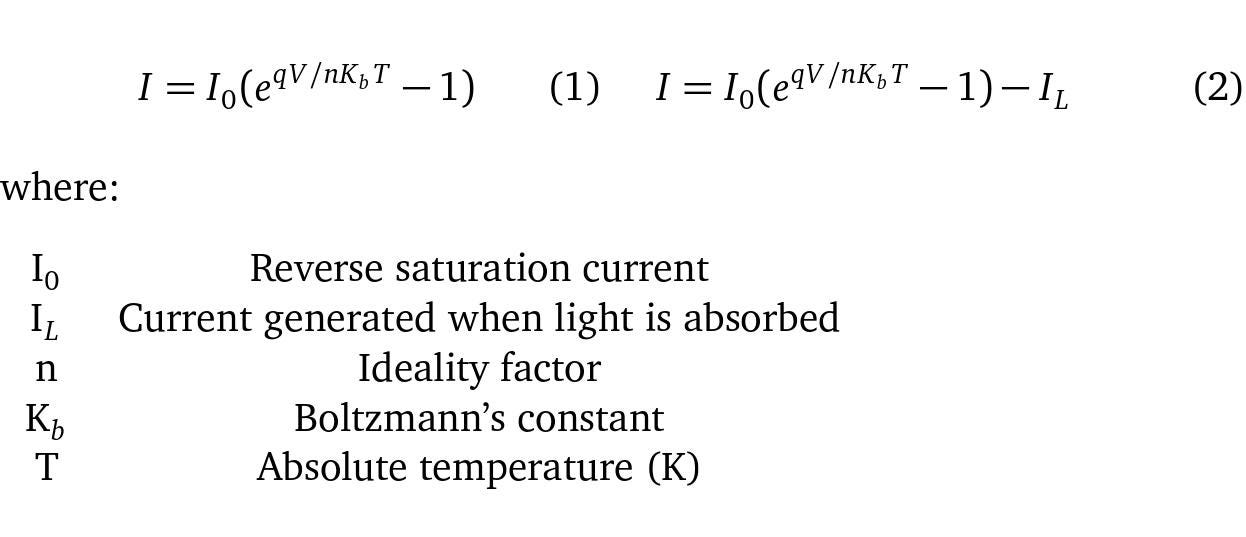 Figure 3: Solar Cell Equivalent Circuit Model.
Figure 3: Solar Cell Equivalent Circuit Model.
If photons of light are absorbed, the electrons are then collected from the conduction band by a selective contact and they are then driven around an external load to produce electricity (Figure 4). Finally, a second selective contact returns them to the valence band.
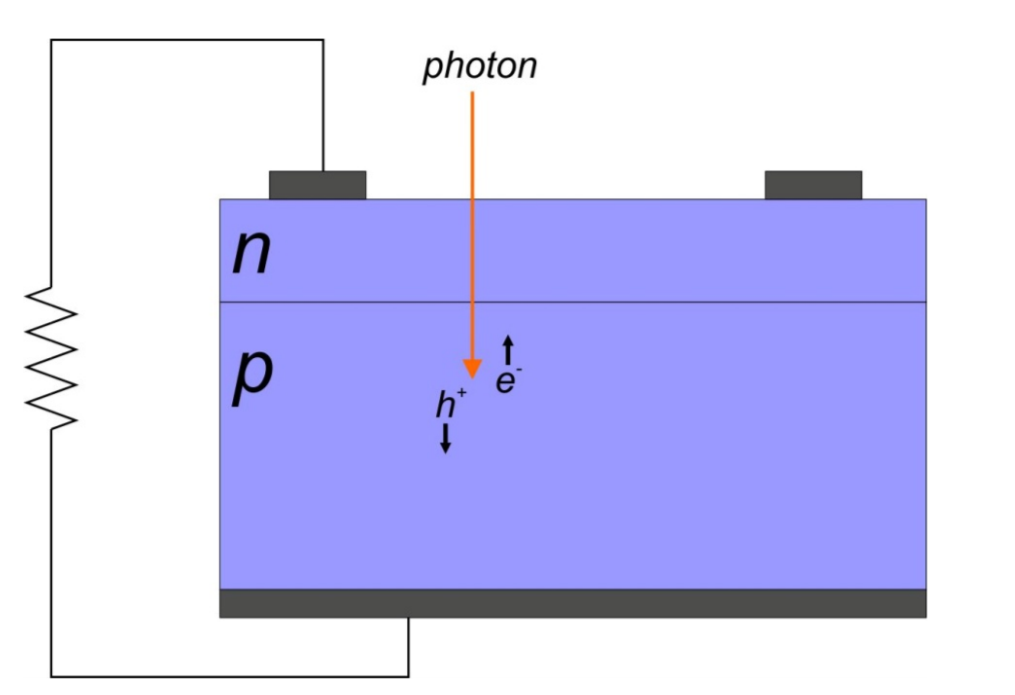 Figure 4: Solar Cell PN junction structure. Reproduced From [2]
Figure 4: Solar Cell PN junction structure. Reproduced From [2]
The Photovoltaic effect takes place if there is a small positive voltage across the junction (ie. are present extra electrons on the n-side and extra holes in the p-side). Nowadays, the Power Conversion Efficiency (PCE) of commercially available solar cells vary from a few % to above 30% depending on the technology.
Solar cells can be divided into three main fabrication generations (Figure 5, 2002). Screen printed contacts solar cells are a first generation solar cell type (PCE = 10–20%). Other examples of first-generation solar cells are Buried Contacts, Interdigitated back contact (IBC), Heterojunction with Intrinsic Layer (HIT) and Passivated Emitter Rear Locally Diffused (PERL). Thanks to advancements, the prices of first-generation solar cells have dropped considerably during the last few years. Second generation solar cells using thin films can instead now reach over 20% of PCE. Finally, third generation solar cells will aim in the future to be more efficient than the first two generations (PCE > 20%) while keeping affordable costs.
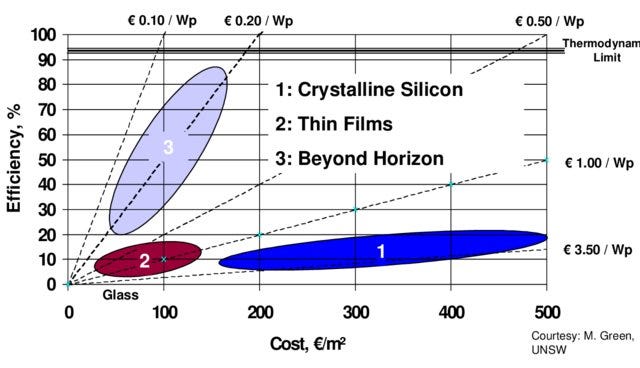
Figure 5: Solar cells Generations — Projected trends in 2002. Reproduced from: [3]
Tandem Solar Cells
An example of a solar cell having high efficiency can be Multi-junction (Tandem) solar cells. In fact, single junctions solar cells have a maximum theoretical efficiency of 33.16%, instead, a solar cell formed by an infinite number of junctions can reach up to 86.8% efficiency [4]. Single junctions solar cells are in fact limited by the Shockley-Queisser limit (Tandem solar cells don’t). Photons with energies below the bandgap can’t be absorbed by the semiconductor while photons with energies greater than the bandgap can be, but the extra energy gets lost as heat [5].
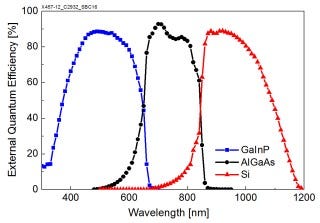
Figure 6= Tandem solar cells are able to cover more spectrum than single junction solar cells (Increasing EQE). Reproduced from: [6]
Nowadays commercially available multi-junction (MJ) cells can achieve around 30% efficiency. One of the main drawbacks of this technology is the high manufacturing costs and complexity.
Multi-junction solar cells can achieve greater efficiency than their single junctions counterparts because they are able to absorb a greater range of the solar spectrum (Figure 6). This is done by creating multiple p-n junctions formed by different semiconductor materials. The different materials are therefore chosen so that to produce their maximum current at different wavelengths (thanks to the multiple bandgaps). As shown in Figure 7, Tandem solar cells usually make use of Indium gallium phosphide (InGaP) for the top junction, Indium gallium arsenide (InGaAs) for the middle junction and Germanium (Ge) for the bottom junction.
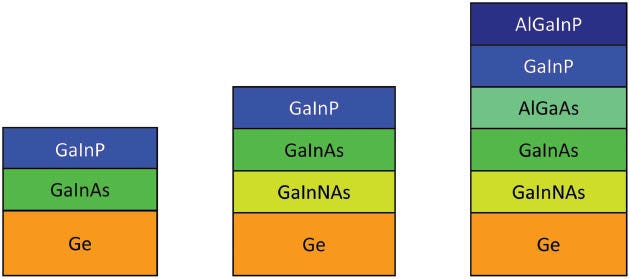
Figure 7 = Different multi-junction solar cells made of III-V semiconductor materials. Reproduced from: [7]
In multi-junction solar cells, the multiple layers are formed by stacking single-junction solar cells on top of each other. The bandgap of the material at the top is designed to be the greatest one, and the one at the bottom the smallest one (the bandgap size decreases going down from one layer to another in the solar cell). In this way, high energy photons are absorbed in the top layer and low energy photons are still allowed to pass through the lower layers to then get absorbed. The different single junctions are interconnected thanks to tunnel diodes (heavy-doped p-n junctions). Without tunnel junctions, no current would be able to flow between the different junctions (back to back diodes). One of the main limitations when fabricating Tandem solar cells is to find the right combination of materials that can allow the formation of this structure. One of the most common solutions to this problem is the use alloys of groups 3 and 4 which allows bandgap tunability (eg. Gallium Indium Phosphate (GaInP), Gallium Indium Arsenide (GaInAs), and Gallium Arsenide (GaAs)) [8].
In 2018 Fraunhofer ISE (in collaboration with EVG), managed to create a silicon-based tandem solar cell of 33.3% efficiency, this can be considered one of the best example of nowadays solar cell technology holding a high power conversion efficiency [9].
Bibliography
[1] Physics and radio electronics. Introduction to semiconductor, Accessed in May 2019: http://www.physics-and-radio-electronics.com/electronic-devices-and-circuits/semiconductor.html
[2] Dr Stuart Boden, University of Southampton. ELEC3202: Green Electronics, Introduction to Photovoltaics Accessed in May 2019: https://www.southampton.ac.uk/my/about/staff/stuart_b.page
[3] Arnulf Jäger-Waldau, PVNET — R&D ROADMAP FOR EUROPEAN PV. Accessed in May 2019: [https://www.researchgate.net/publication/237706561PVNET-RD_ROADMAP_FOR_EUROPEAN_PV](https://www.researchgate.net/publication/237706561_PVNET-_RD_ROADMAP_FOR_EUROPEAN_PV)
[4] Third Generation Photovoltaics: Advanced Solar Energy Conversion, Green, Martin A. (2003). Accessed in March 2019: https://epdf.tips/third-generation-photovoltaics-advanced-solar-energy-conversion35351.html
[5] Multijunction III-V Photovoltaics Research, SOLAR ENERGY TECHNOLOGIES OFFICE. Accessed in March 2019: https://www.energy.gov/eere/solar/multijunction-iii-v-photovoltaics-research
[6] Percent Efficiency for Silicon-based Multi-junction Solar Cell. Accessed in March 2019: https://www.ise.fraunhofer.de/en/press-media/news/2017/31-3-percent-efficiency-for-silicon-based-multi-junction-solar-cell.html
[7] III-V Multi-junction solar cells and concentrating photovoltaic (CPV) systems, Simon P. Philipps and Andreas W. Bett. Accessed in March 2019: https://www.degruyter.com/view/j/aot.2014.3.issue-5-6/aot-2014-0051/aot-2014-0051.xml
[8] Multi-Junction Solar Cells, Rahim Esfandyarpour, December 12, 2012. Accessed in March 2019: http://large.stanford.edu/courses/2012/ph240/esfandyarpour-r2/
[9] Fraunhofer ISE announces 33\% efficiency for multi-junction solar cell, Daniel Seeger, PV magazine. Accessed in March 2019: https://www.pv-magazine.com/2018/04/04/fraunhofer-ise-announces-33-efficiency-for-multi-junction-solar-cell/
Contacts
If you want to keep updated with my latest articles and projects follow me on Medium and subscribe to my mailing list. These are some of my contacts details:
